Ensuring the safe transportation of goods is paramount in the logistics and transportation industry. At CarMax Vehicle, we understand the critical role that effective load securing plays in safeguarding both the cargo and the journey. Ratchet straps, renowned for their reliability and ease of use, are indispensable tools for securing loads on semi-trailers. This comprehensive guide delves into the intricacies of using ratchet straps to secure loads, providing you with the knowledge and techniques to enhance safety and efficiency in your transportation operations.
The Importance of Proper Load Securing
Proper load securing is not merely a best practice; it is a legal requirement in many jurisdictions. Securing a load correctly prevents shifting during transit, reduces the risk of accidents, and protects the integrity of both the cargo and the vehicle. Improperly secured loads can lead to severe consequences, including:
- Vehicle Damage: Shifting loads can damage the semi-trailer, leading to costly repairs.
- Cargo Loss: Unsecured cargo may be lost or damaged, impacting business operations and customer satisfaction.
- Safety Hazards: Shifting loads can affect vehicle handling, increasing the risk of accidents and injuries.
- Legal Penalties: Non-compliance with load securing regulations can result in hefty fines and legal repercussions.
Understanding Ratchet Straps
Ratchet straps are versatile and robust tools designed to secure loads firmly. Understanding their components and functionality is essential for effective use.

Types of Ratchet Straps
| Type | Description | Best Used For |
|---|---|---|
| Standard Ratchet | Features a basic ratchet mechanism suitable for general purposes. | Everyday cargo securing on semi-trailers. |
| Light Ratchet | Designed for lighter loads with quicker operation. | Light to medium loads requiring speed. |
| Heavy-Duty Ratchet | Built for intense use with higher load capacities and reinforced materials. | Heavy and oversized cargo securing. |
| Cam Ratchet | Utilizes a cam mechanism for smooth and precise tensioning. | High-precision securing needs. |
Materials and Strength Ratings
Ratchet straps are typically made from high-strength polyester webbing, which offers durability and resistance to UV rays and abrasion. Strength ratings are classified based on the Working Load Limit (WLL), indicating the maximum load the strap can handle safely.
| Strap Type | WLL Range |
|---|---|
| Standard Ratchet Straps | 1,000 – 3,000 lbs |
| Heavy-Duty Ratchet Straps | 3,000 – 5,000+ lbs |
| Light Ratchet Straps | 500 – 1,000 lbs |
Selecting the appropriate ratchet strap based on the load’s weight and nature is crucial for effective securing.
Step-by-Step Guide to Securing Load with Ratchet Straps
Securing a load with ratchet straps involves a systematic approach to ensure maximum stability and safety. Follow these steps to master load securing:

1. Assessing the Load
Before securing, evaluate the cargo’s size, weight, and shape. Identify potential shifting points and determine the number of straps required to secure the load adequately.
2. Choosing the Right Ratchet Straps
Select ratchet straps with appropriate WLLs based on the cargo’s weight. For heavier loads, opt for heavy-duty straps to provide the necessary strength and durability.
3. Positioning the Straps
Strategically place straps at intervals that distribute the load evenly. Typically, straps should be positioned:
- Across the Width: To prevent side-to-side movement.
- Along the Length: To minimize forward and backward shifting.
- At Diagonal Angles: For added stability and to counteract multiple movement directions.
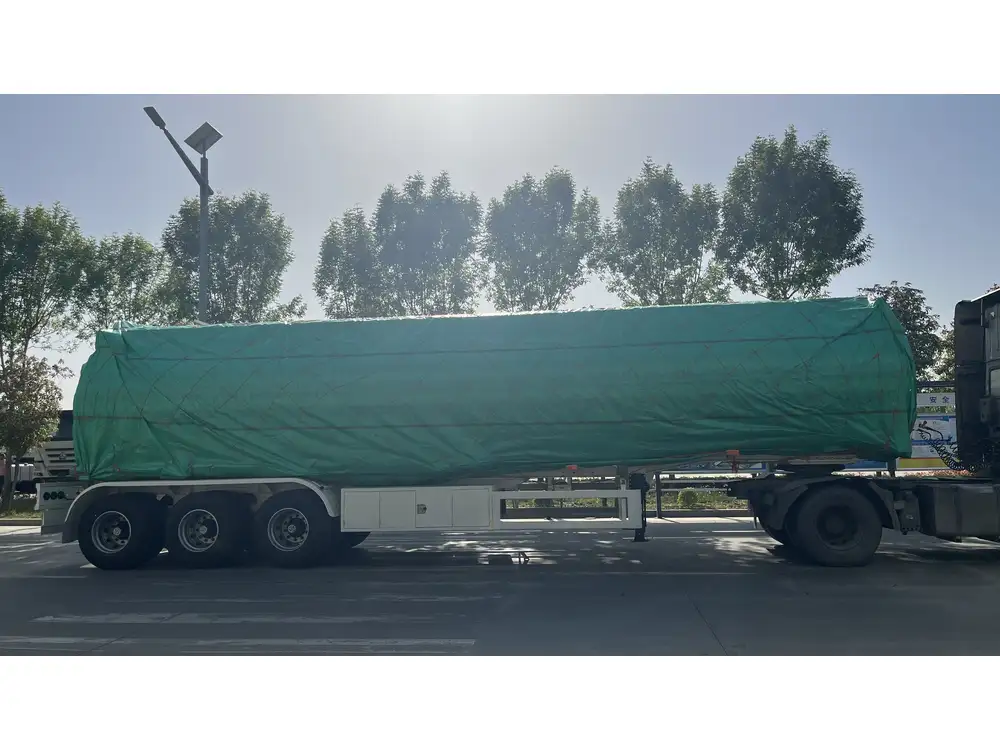
4. Hooking and Adjusting
Secure the ratchet strap’s hooks to the designated anchor points on the semi-trailer. Ensure that the hooks are firmly attached and that the strap is free of twists or knots that could impede tightening.
5. Tightening and Locking
Operate the ratchet mechanism to tighten the strap gradually. Maintain even tension across all straps to ensure balanced load distribution. Once the optimal tension is achieved, lock the ratchet to prevent loosening.
6. Final Checks
Inspect the secured load to verify that all straps are tight, hooks are secure, and there is no excessive movement. Conduct a thorough walk-around to ensure compliance with safety standards.
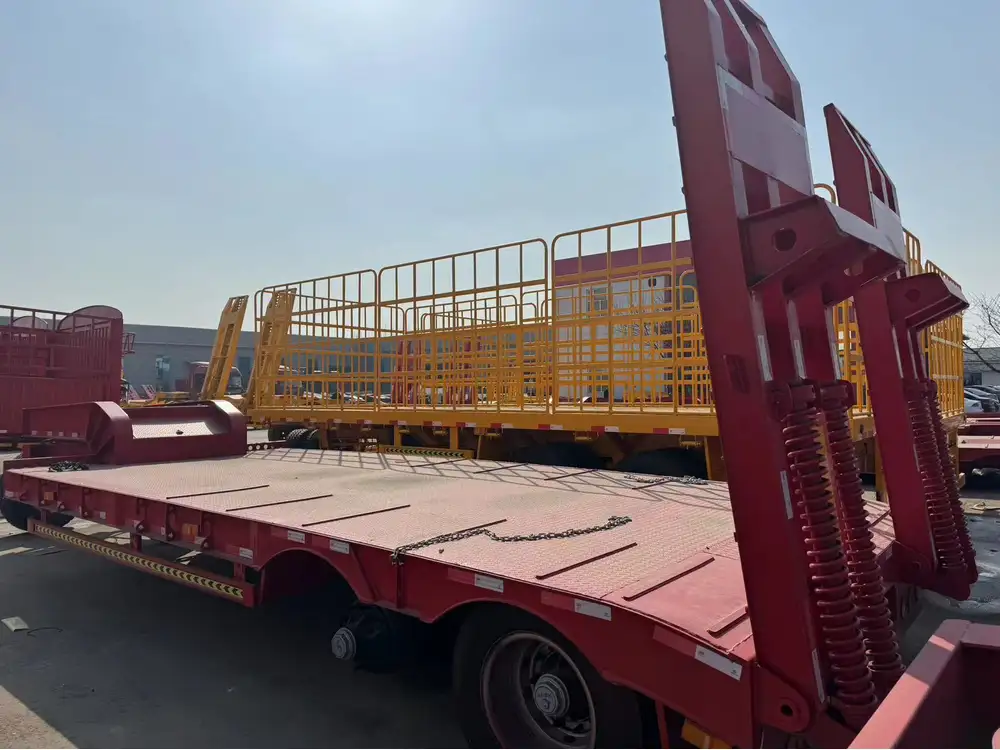
Best Practices for Load Securing
Adhering to best practices enhances the effectiveness of load securing with ratchet straps:
Distribute Load Evenly
Ensure that the cargo’s weight is evenly spread across the trailer to prevent imbalance and reduce strain on specific straps.
Minimize Movement
Use enough straps to limit cargo movement. Overlapping straps can provide additional security by creating multiple points of tension.
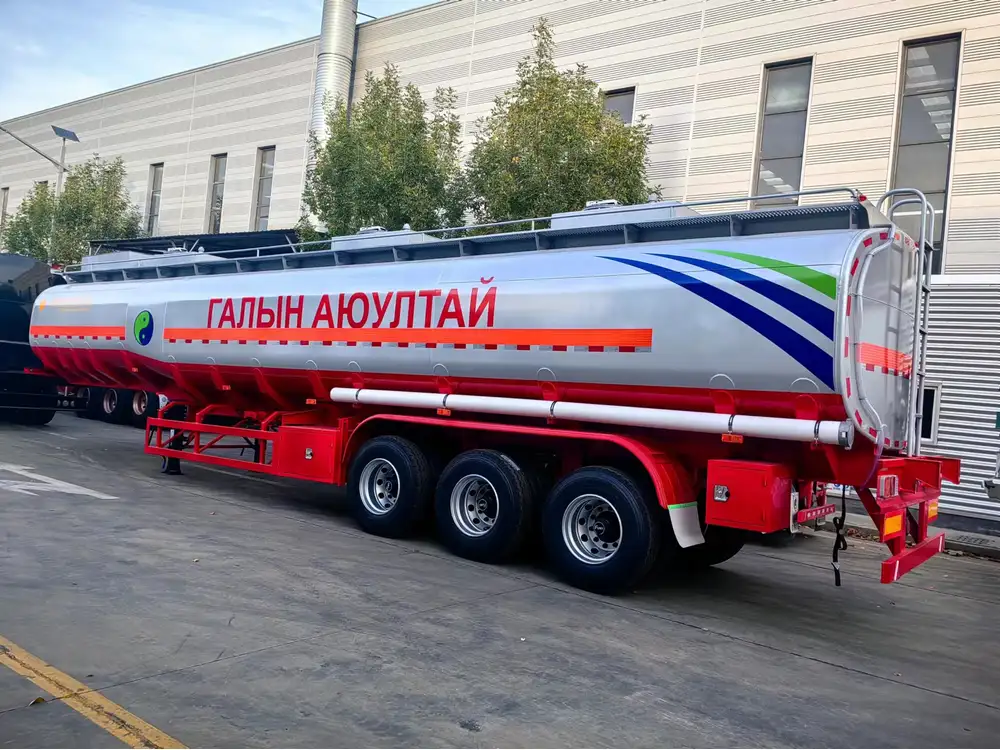
Check Tightness Regularly
During transit, periodically inspect and retighten straps as needed to account for any shifting or settling of the load.
Use Multiple Anchor Points
Utilize various anchor points on the trailer to distribute stress and enhance the stability of the secured load.
Common Mistakes to Avoid
Avoiding common errors ensures the effectiveness of load securing efforts:

Overloading Straps
Exceeding the WLL can lead to strap failure, compromising load security. Always adhere to the manufacturer’s ratings.
Inadequate Attachment Points
Using weak or unsuitable anchor points can cause straps to detach or fail under tension. Ensure anchor points are robust and designed for load securing.
Improper Knotting
Knotting ratchet straps can weaken their integrity and impede tightening. Use ratchets with appropriate mechanisms to avoid knots.
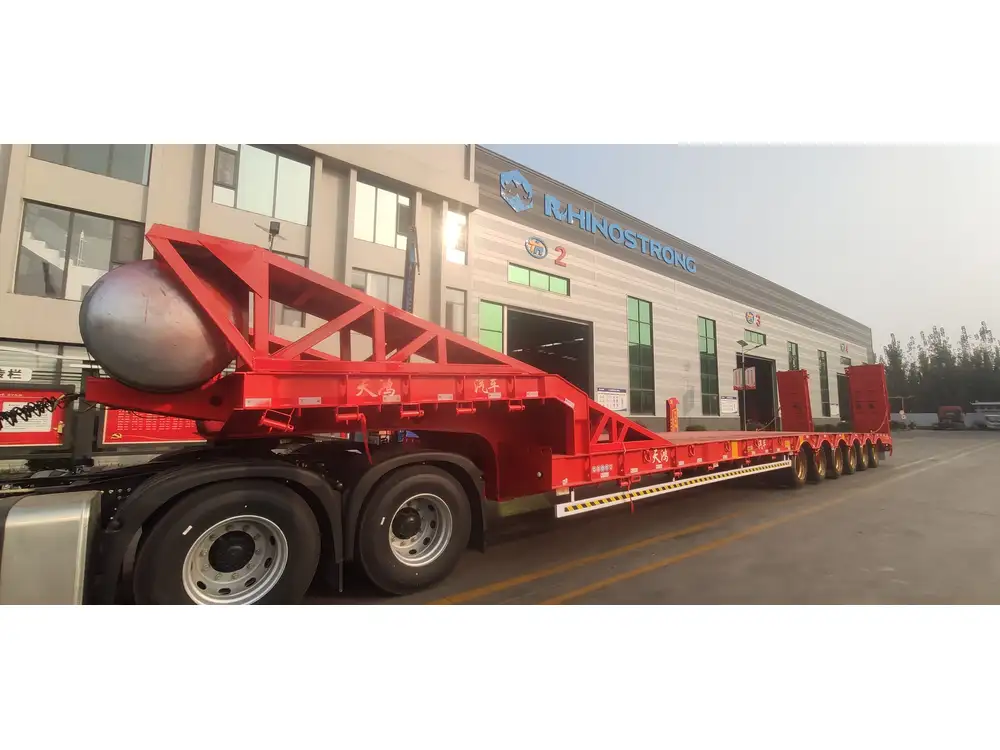
Uneven Tension
Inconsistent strap tension can result in uneven load distribution, increasing the risk of shifting. Strive for uniform tightness across all straps.
Comparative Analysis: Ratchet Straps vs. Other Securing Methods
Understanding the advantages of ratchet straps compared to alternative securing methods can inform better load management decisions.
Ratchet Straps vs. Bungee Cords
| Feature | Ratchet Straps | Bungee Cords |
|---|---|---|
| Strength | Higher WLL, suitable for heavy loads | Lower strength, suitable for lighter loads |
| Durability | Resistant to wear and elements | Prone to stretching and wear |
| Adjustability | Precise tension control | Limited tension control |
| Safety | More secure, less likely to fail | Can snap or lose tension |
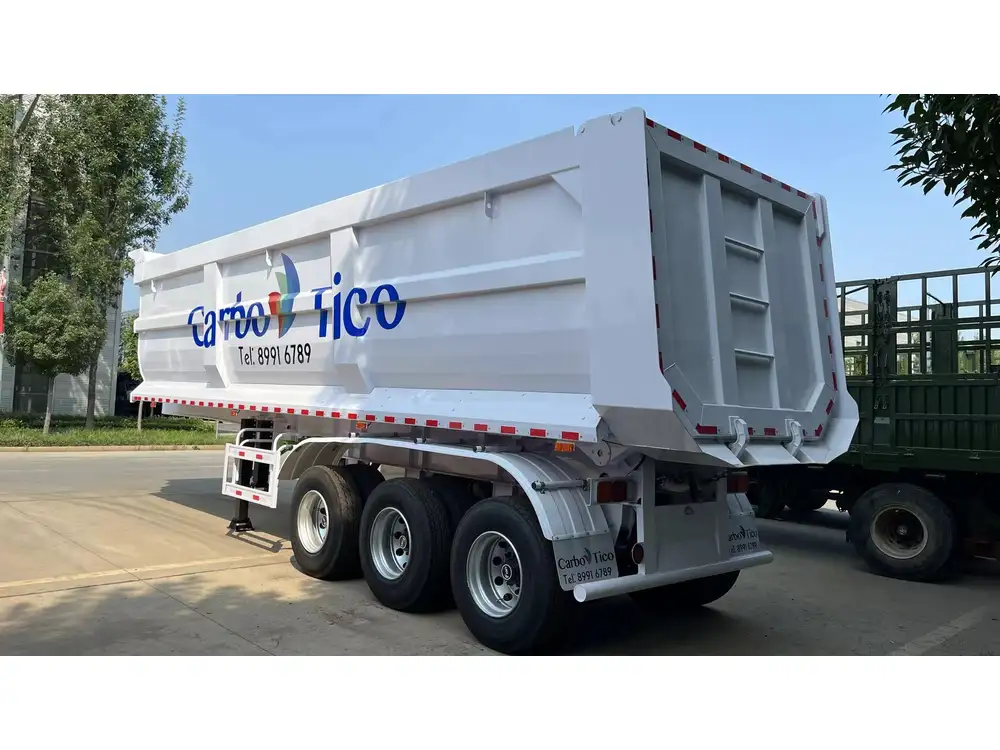
Ratchet Straps vs. Tensioning Nets
| Feature | Ratchet Straps | Tensioning Nets |
|---|---|---|
| Ease of Use | Quick and straightforward | Can be cumbersome to set up |
| Versatility | Highly versatile for various loads | Limited to specific load types |
| Maintenance | Low maintenance | Requires regular inspection |
| Cost | Generally cost-effective | Can be more expensive |
Advantages of Ratchet Straps
- High Strength: Capable of securing heavy and oversized loads.
- Ease of Use: Simple mechanism for quick tightening and releasing.
- Versatility: Suitable for a wide range of cargo types and sizes.
- Durability: Made from robust materials that withstand harsh conditions.
Maintenance and Care of Ratchet Straps
Proper maintenance extends the life of ratchet straps and ensures their reliability when needed.
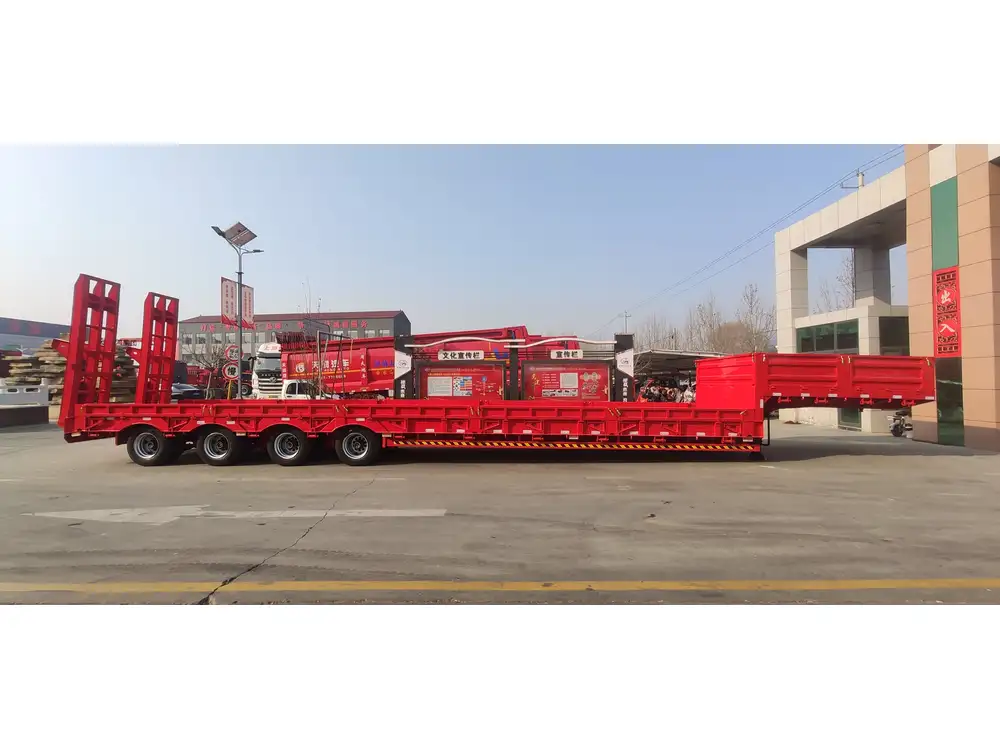
Cleaning
After each use, clean straps with mild soap and water to remove dirt, debris, and contaminants. Avoid using harsh chemicals that could degrade the webbing.
Inspection for Damage
Regularly inspect straps for signs of wear, fraying, cuts, or other damage. Replace any straps that show significant signs of deterioration to maintain load security.
Proper Storage
Store ratchet straps in a cool, dry place away from direct sunlight and extreme temperatures. Avoid entangling straps to prevent twisting and tangling, which can weaken their structure.

Safety Considerations
Adhering to safety protocols is essential for preventing accidents and ensuring compliance with regulations.
Compliance with Regulations
Familiarize yourself with local and national load securing regulations, such as those outlined by the Department of Transportation (DOT). Ensure that all securing methods meet or exceed these standards.
Training for Drivers
Provide comprehensive training for drivers and personnel on the proper use of ratchet straps. Training should cover:
- Identifying appropriate straps for different loads.
- Correctly attaching and tensioning straps.
- Recognizing signs of strap fatigue or failure.

Use Personal Protective Equipment (PPE)
When handling ratchet straps, wear appropriate PPE, such as gloves, to protect against cuts and abrasions from handling the straps.
Enhancing Security with CarMax Vehicle Solutions
At CarMax Vehicle, we offer a range of load securing solutions designed to complement the use of ratchet straps, enhancing overall security and efficiency.
Integrated Load Securing Systems
Our integrated systems combine ratchet straps with specialized anchor points and tensioning devices, providing a seamless and reliable load securing experience. These systems are customizable to fit various trailer configurations and cargo types, ensuring optimal security for every load.

Customizable Options
We understand that different cargo requires different securing methods. CarMax Trailer offers customizable ratchet strap options, including varying lengths, widths, and strength ratings, allowing you to tailor your load securing setup to meet specific needs.
Advanced Accessories
Enhance your load securing with our advanced accessories, such as strap protectors and quick-release mechanisms. These additions improve the longevity of your straps and streamline the securing process, saving time and reducing wear on the straps.
Conclusion
Securing a load with ratchet straps is a fundamental skill that ensures the safety and efficiency of transportation operations. By understanding the types of ratchet straps, following a systematic securing process, adhering to best practices, and avoiding common mistakes, you can master load securing and protect your cargo, vehicle, and personnel. At CarMax Vehicle, we are committed to providing quality products and solutions that support your load securing needs, helping you achieve reliability and excellence in every journey.
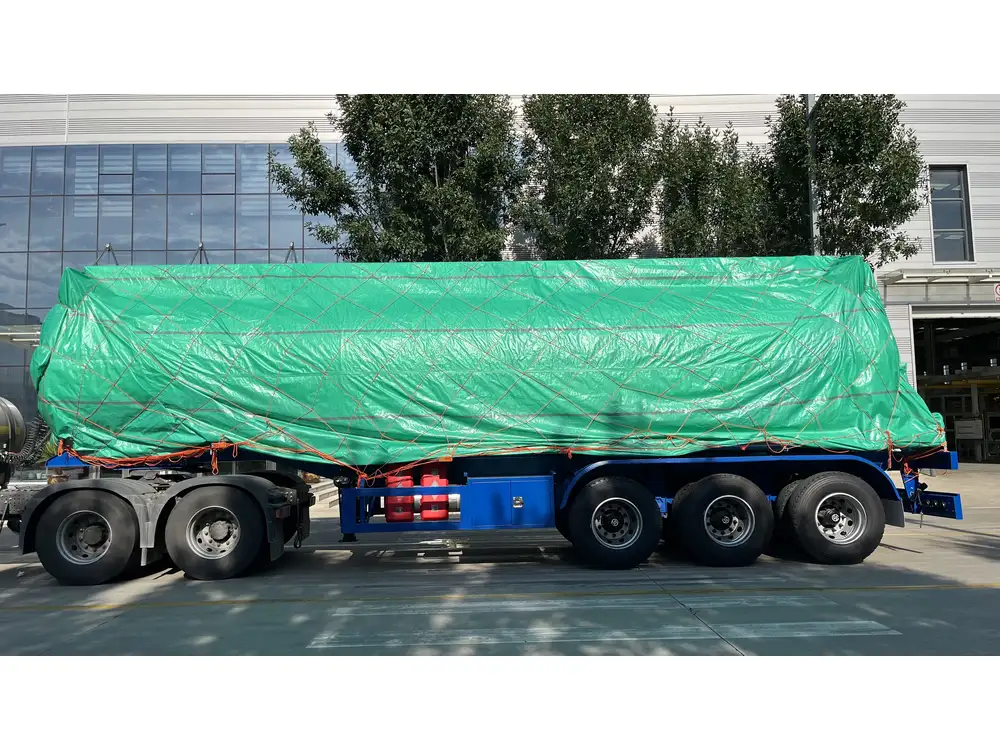
Frequently Asked Questions
1. How many ratchet straps should I use for a standard load?
The number of ratchet straps required depends on the size and weight of the load. As a general guideline, use at least two straps for smaller loads and increase the number proportionally for larger or heavier cargo. Ensuring even distribution across multiple straps enhances stability and security.
2. Can I use ratchet straps on all types of cargo?
Yes, ratchet straps are versatile and can be used on a wide variety of cargo, including pallets, machinery, vehicles, and loose items. However, it is essential to choose the appropriate type and strength of straps based on the specific characteristics of the cargo to ensure effective securing.

3. How do I determine the right strength rating for ratchet straps?
To determine the appropriate WLL for your ratchet straps, calculate the total weight of the cargo and divide it by the number of straps you plan to use. Choose straps with a WLL that exceeds the calculated load per strap to provide a safety margin and ensure reliability.
4. What should I do if my ratchet strap gets damaged?
If you notice any signs of damage, such as fraying, cuts, or weakened seams, immediately remove the strap from service. Replace damaged straps with new ones to maintain the integrity of your load securing system and prevent potential failures during transit.
5. Are there alternatives to ratchet straps for securing loads?
Yes, alternatives to ratchet straps include bungee cords, tensioning nets, and cam buckle straps. Each method has its advantages and is suitable for different types of loads. However, ratchet straps are often preferred for their strength, durability, and ease of use, making them a versatile choice for most load securing needs.



